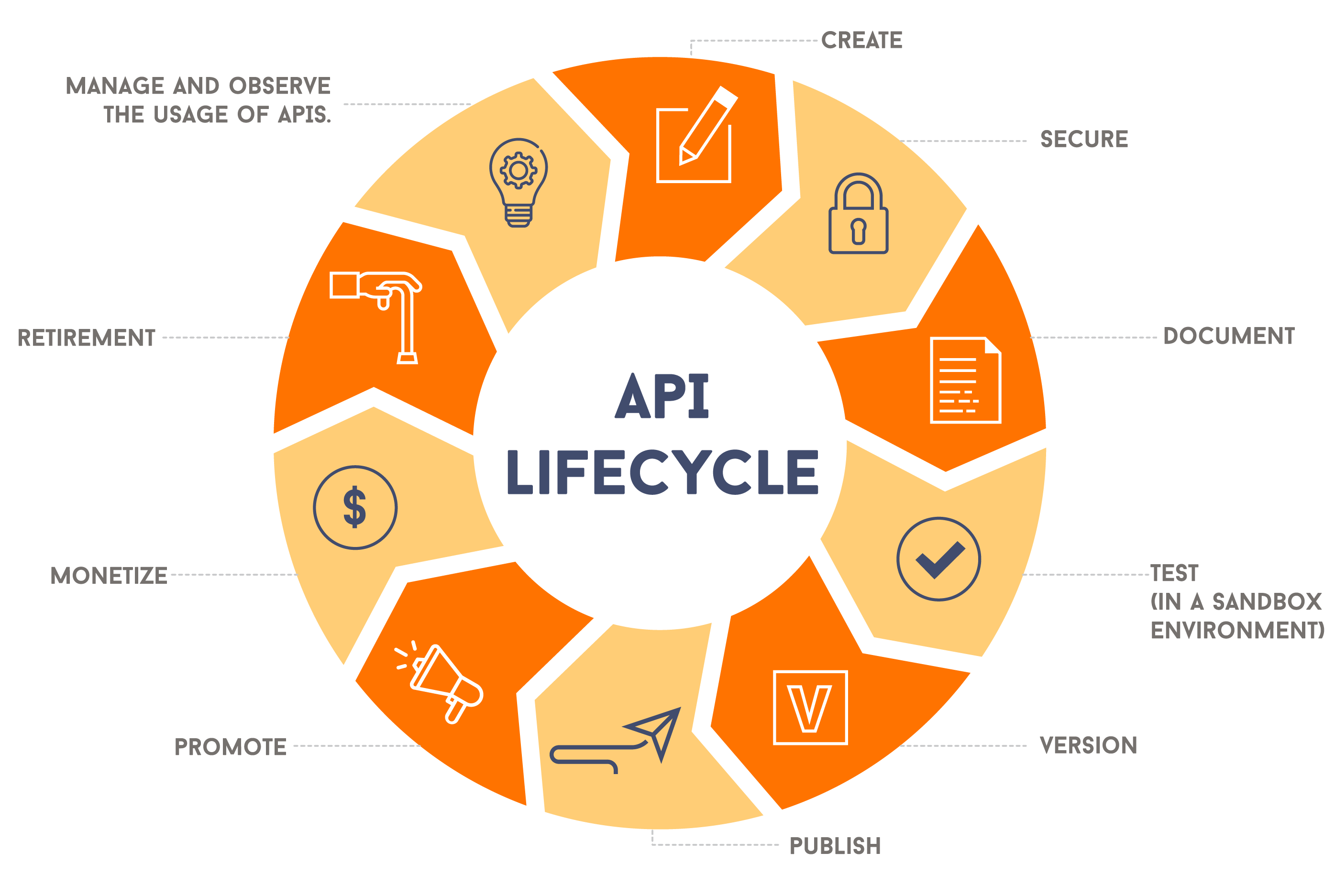Five Keys for Effective API Management

- Vishva Ahangama
- Senior Lead Marketing Officer - WSO2
.jpg)
From banks and healthcare providers to retail enterprises and government agencies, application programming interfaces (APIs) live at the heart of many systems. They have become critical to drive digital initiatives and bring a host of benefits — such as the ability to use APIs created by others; compose enterprise capabilities as reusable units to create new sources of revenue; enable better interactions with customers, suppliers, and providers; and quickly respond to compliance requirements.
As the number of APIs grows from the dozens to hundreds (or even to thousands), they can become increasingly complex and costly to manage. Without the right strategy and technologies, this places significant pressure across engineering, operations, and the broader business. Creating a comprehensive API strategy from scratch requires focused effort and resources. This becomes harder when adopting legacy software for an API-first approach. A full lifecycle API management platform, which enables control and operation from a central point, is one way to overcome this challenge.
Full lifecycle API management focuses on the entire lifetime of an API from the planning stage to its retirement. It enhances an enterprise’s ability to formulate and execute a better API strategy. As APIs go through different stages in their lifespan (until they’re retired), a full lifecycle API management solution provides the means to manage these stages as well as the transition from one stage to another.

The key stages of an API’s lifecycle
So, what key capabilities should you look for in a full lifecycle API management platform?
API Visibility: Teams need a centralized location to view and publish documentation, usage patterns, samples, authentication patterns, and API keys. The lack of standards for creating new APIs, onboarding, and lifecycle management, can result in pockets of API development, fragmented approaches, reinvention, and organizational inefficiency. The right visibility capabilities will help to expose APIs easily and securely to both internal and external consumers.
API Governance: If management processes are manual and document based, managers must spend time and energy to validate access controls, usage, and permission for each implementation. This means that audits become infeasible for large-scale applications.
API Security: Security requires authentication, authorization, identity management, and usage allowance based on service level agreements (SLAs). Without the controlled management of APIs, it becomes impossible to define access controls, acceptable usage patterns, and policies per API.
API Versioning and Deprecation: APIs can change often. However, developers need to maintain versions for backward compatibility, letting users migrate to newer versions at their own pace. A versioned API catalog becomes harder to maintain when the number of APIs grows. Environments without version control and deprecation rules tend to be chaotic, forcing all users to use one version of an API at any given time, resulting in issues with meeting customer’s expectations.
API Monetization: While in principle you can define usage metrics per user, per enterprise, per time frame and charge accordingly, management and billing of such charges quickly becomes complex. If an API management solution lacks monitoring capabilities, new business models such as offering different pricing plans to serve a wider audience become difficult to deliver and maintain, undermining the ability to monetize APIs fully.
Accelerating API-Based Innovation
APIs enable organizations to deliver enhanced digital experiences and expose systems internally or to others. As things evolve, organizations need ways to monitor the usage of APIs; throttle traffic for certain parties; secure the APIs; and manage APIs by way of creating, updating, removing, and versioning APIs. Building this software in-house is complex and requires technical expertise. In addition, in some cases, you must comply with periodically changing government regulations when publishing your APIs.
Platforms that take a full life cycle approach to API management are powerful accelerators for digital innovation. According to a new GigaOm report, one enterprise achieved a ten-fold cut in development time from 50 days to 5 days and slashed development costs by 90% in the first year of deploying WSO2’s API Manager. The study also highlights how companies can markedly reduce development times, lower costs, and enhance developer velocity.
We encourage you to download the full study to discover how you can maximize the impact of your own digital initiatives, including:
- Five strategies for successfully starting an API management initiative.
- Five considerations in optimizing technical delivery of APIs.
- Five pillars of implementing a complete API management platform.
To see our product in action, just head over to https://wso2.com/api-manager/ and try it now. Want to learn more? Please see our product documentation, including our Quick Start Guide. And if you want to request a demo, we’d be happy to show you one. Just get in touch.
Photo by Carlos Zurita on Unsplash
